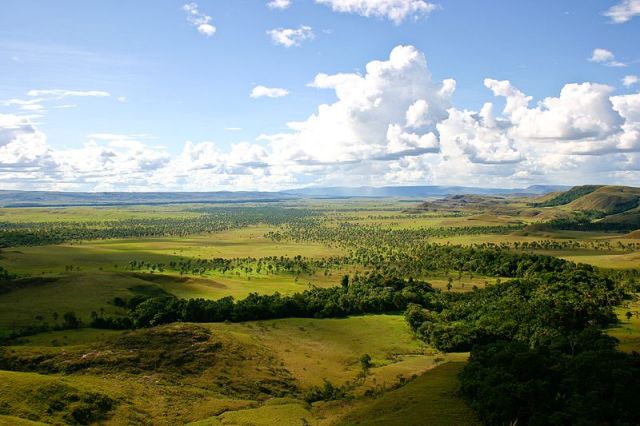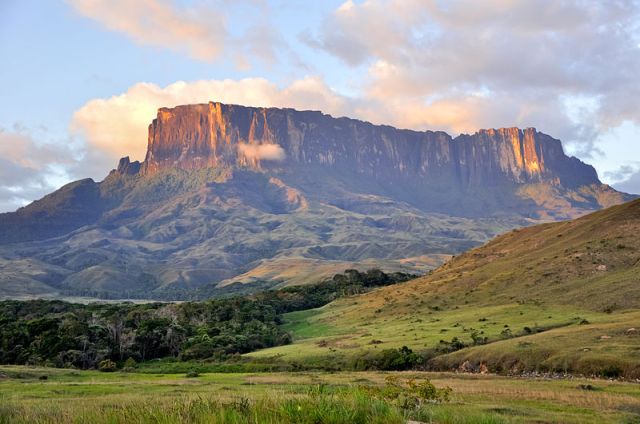The last destination we are going to visit in our tour is called La Gran Sabana. This beautiful place is located in the state of Bolivar and it is also part of the “Canaima National Park”, which is considered one of the biggest National Parks in the world. What makes La Gran Sabana distinctive from other places is that this region has one of the oldest formations of earth. Some of these formations are called “Tepuyes”, a name given by the Pemon Indians, which means mountain in English. What makes possible for this place to have this unique formation of Tepuyes is the type of floor and the climate as well that make this place a Savanna. Moreover, the tepuyes are sometimes hard to see because they are usually covered by immense clouds and fog as well making it difficult for the tourists to appreciate these natural monuments. Furthermore, the vegetation found in the tepuyes is limited due to the high height they have, which could reach the 2800 meters, as well as the climate that varies every day including strong winds, high precipitations, and sometimes low temperatures. One of the few plants found in these formations is a carnivorous plant called “heliámphora”. In addition to the Tepuyes, La Gran Sabana also has waterfalls, rivers, valleys and a diversity of fauna and flora. The fauna of this National park is composed of “ant eater bears”, jaguars, giant otters, “armadillos” foxs, and monkeys. La Gran Sabana is an immense place where people could camp for days and discover all the natural resources this magical destination has to offer. This is the end of our wonderful journey around the most beautiful and unique places found in Venezuela. I hope you enjoyed every minute of the ride!
For more information and references you could always visit:
http://salto-angel.com/en/tours/la-gran-sabana-angel-falls
http://www.gransabana.com/WWW.GRANSABANA.COM/Inicio.html



You must be logged in to post a comment.